

Nikon AF 50mm f/1.4D - Nikon AF 50mm f/1.8D
Comparisons with the Nikon D2x camera
Full image at 50mm focal length:
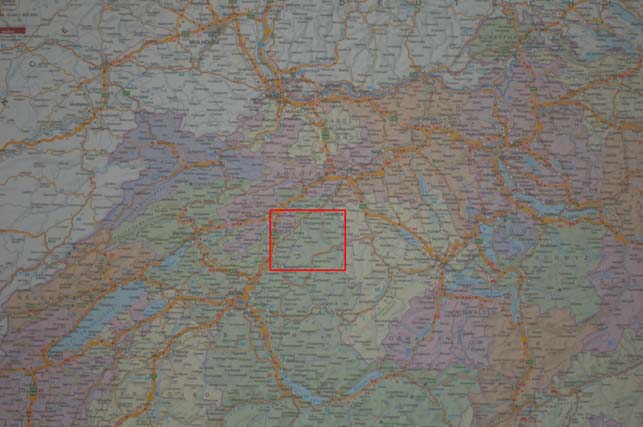
|
| Top: The full image with the Nikon AF 50mm f/1.4D at f/1.4. |
f/1.4:
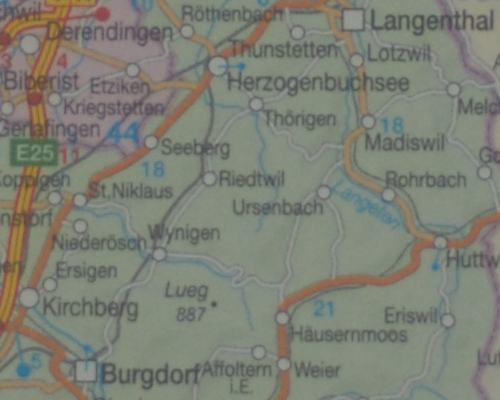
|

|
| Left: Nikon AF 50mm f/1.4D. 100%-extract from the center of the original image. | |
f/1.8:
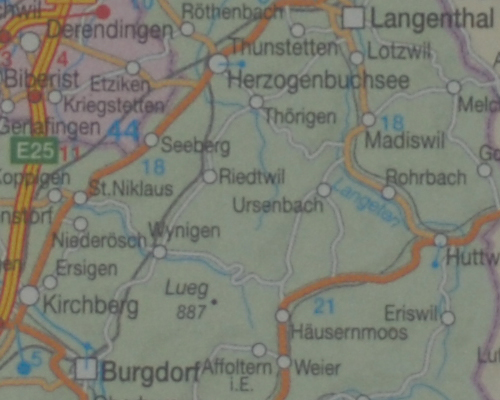
|
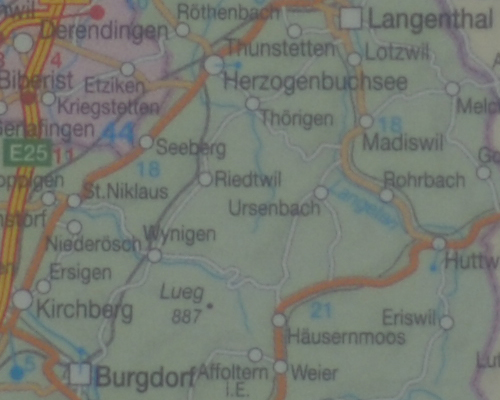
|
| Left: Nikon AF 50mm f/1.4D. Right: Nikon AF 50mm f/1.8D. 100%-extracts from the center of the original image. | |
f/2.8:
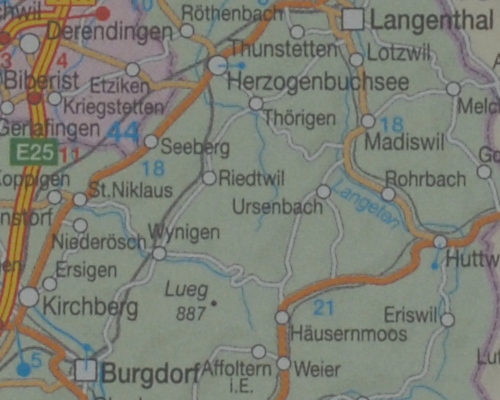
|
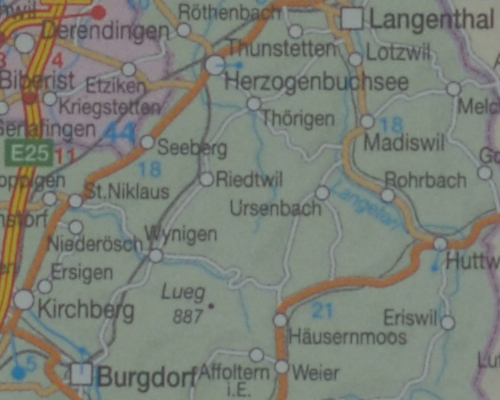
|
| Left: Nikon AF 50mm f/1.4D Right: Nikon AF 50mm f/1.8D. 100%-extracts from the center of the original image. | |
f/4:
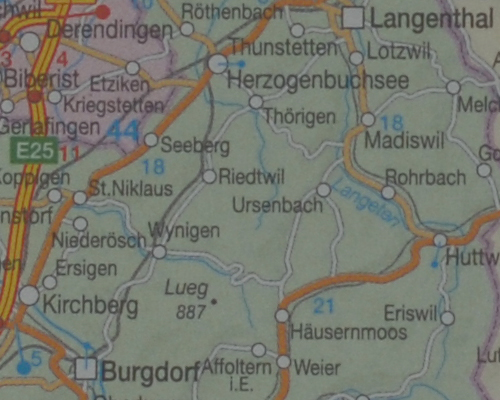
|
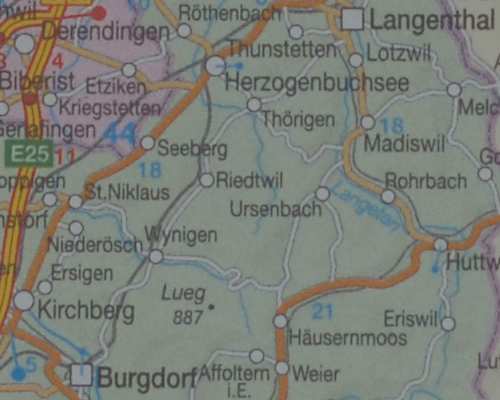
|
| Left: Nikon AF 50mm f/1.4D. Right: Nikon AF 50mm f/1.8D. 100%-extracts from the center of the original image. | |
f/5.6:
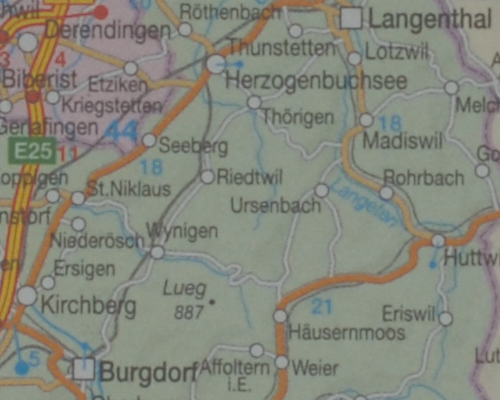
|
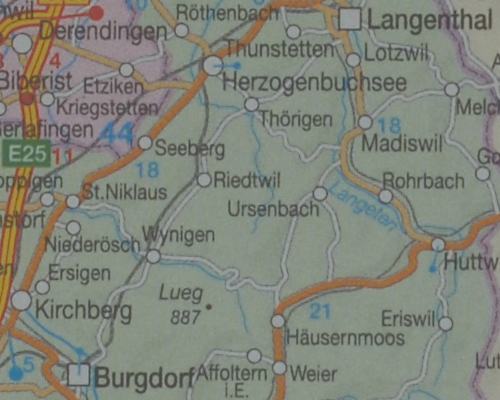
|
| Left: Nikon AF 50mm f/1.4D. Right: Nikon AF 50mm f/1.8D. 100%-extracts from the center of the original image. | |
f/8:
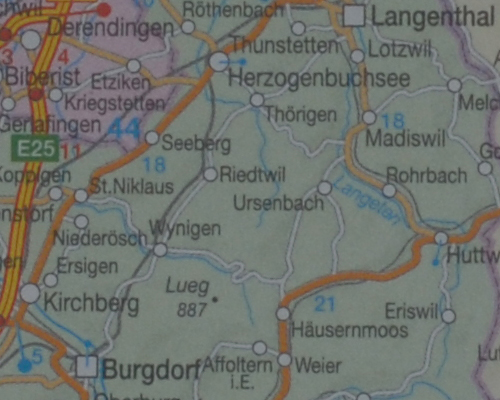
|
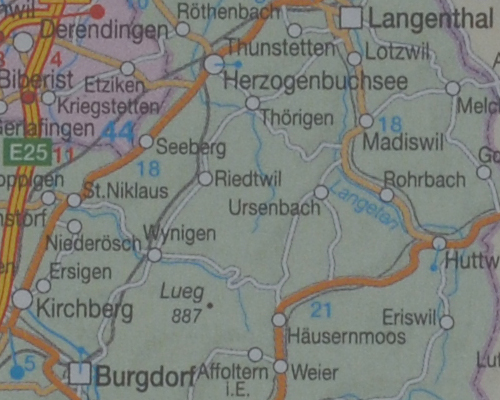
|
| Left: Nikon AF 50mm f/1.4D. Right: Nikon AF 50mm f/1.8D. 100%-extracts from the center of the original image. | |
| All images above have been taken on a tripod using a cable release. At each aperture, three images have been made and the best of the series was chosen. These images show the performance of the Nikon AF 50mm f/1.8D and the Nikon AF 50mm f/1.4D at close distances. The 50mm f/1.4D is clearly the better choice for apertures between f/1.4 and about f/3.5. In this range, the 50mm f/1.8D is less sharp and lacks contrast. The 50mm f/1.4D delivers sharp images starting from f/2.8. At f/4 and above, both lenses perform similiarly, with a slight edge to the f/1.8D lens. While I don't like to take images of country maps these images give an impression of what to expect from the lenses in the real world of photography. Think about it: If the camera is not on a tripod, the differences between the two lenses might not show up at all - I also tested this and no lens was the definite winner. Then, only the "bokeh" difference remained visible - at f/1.4 only. |